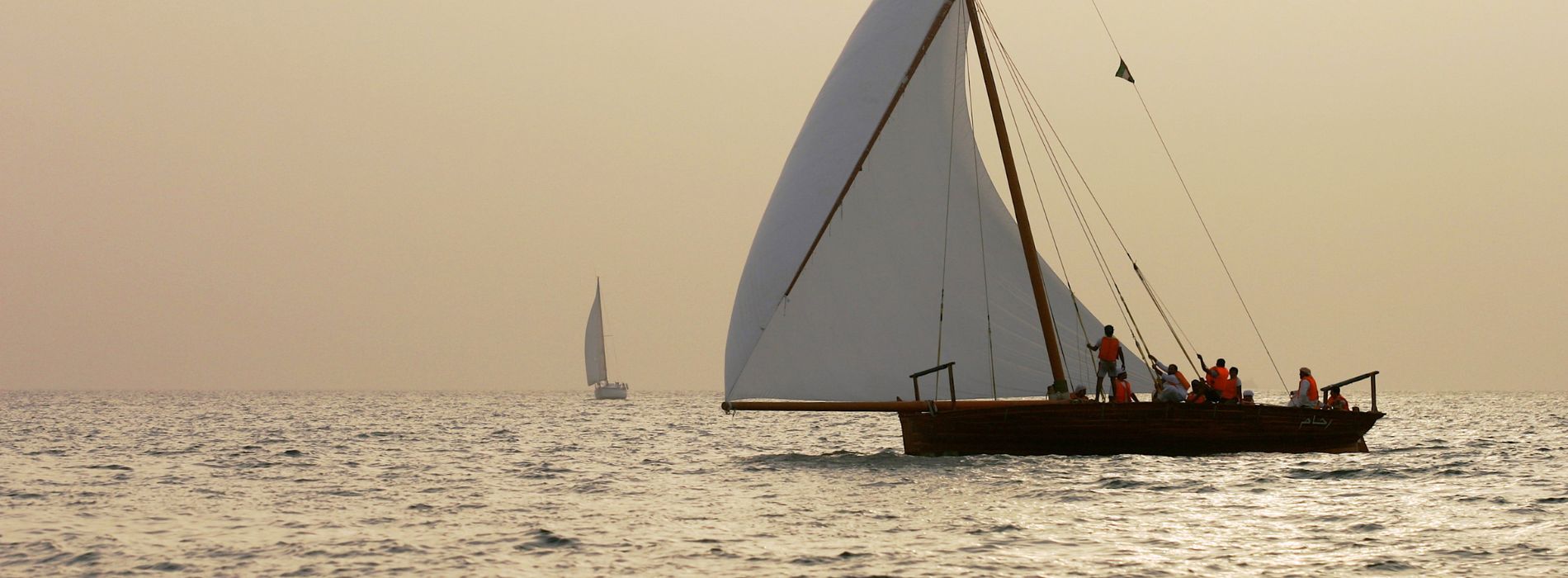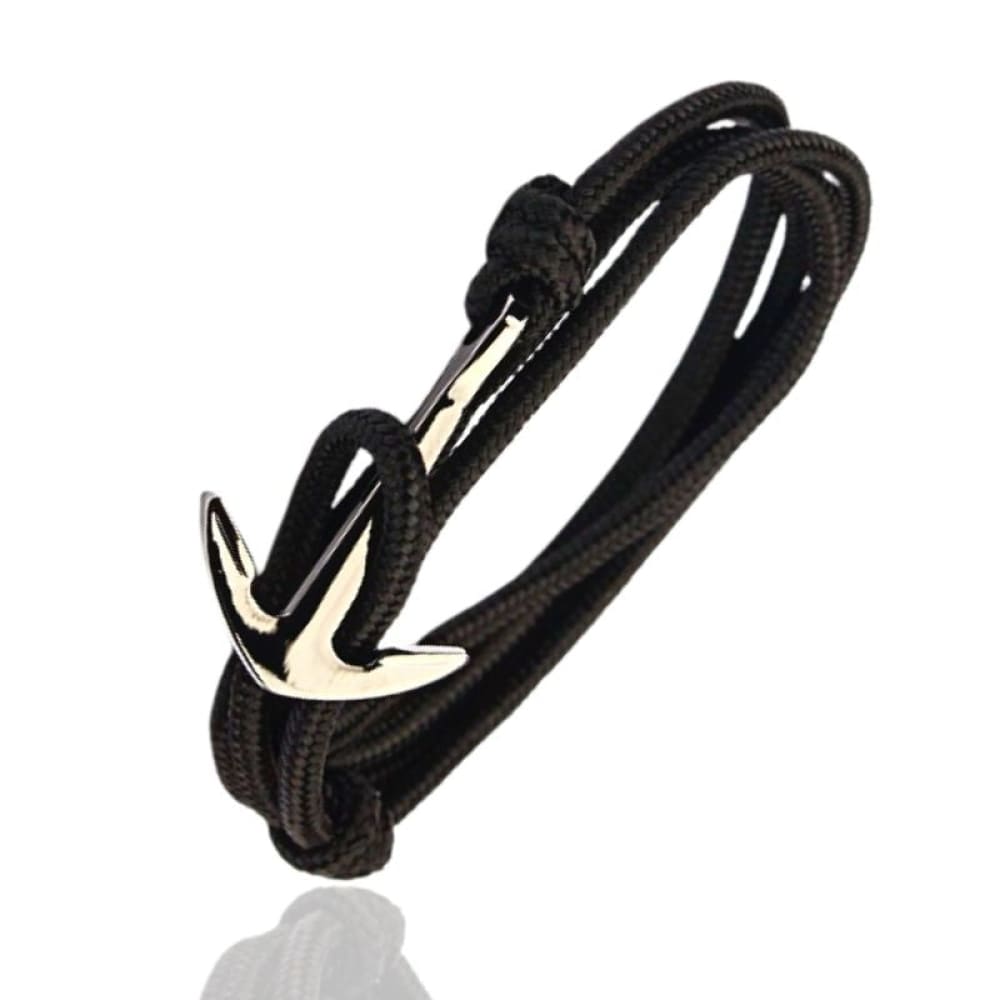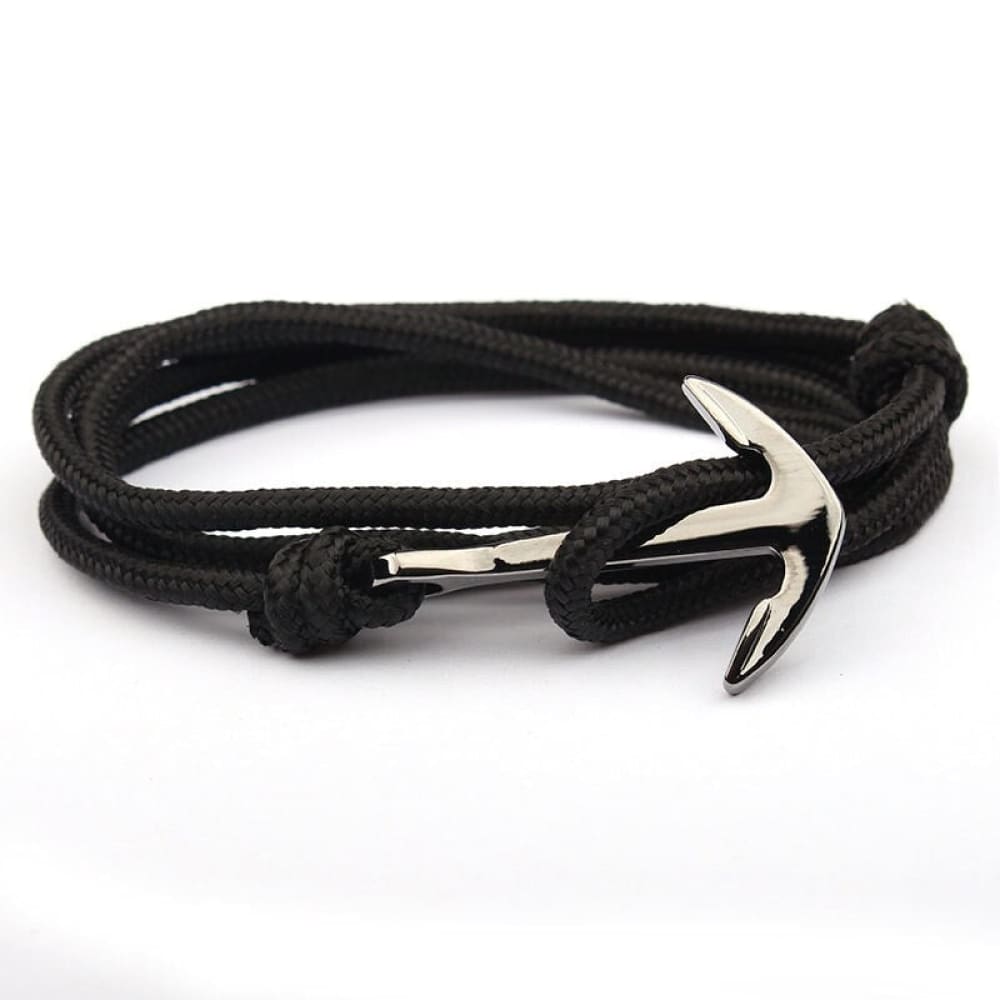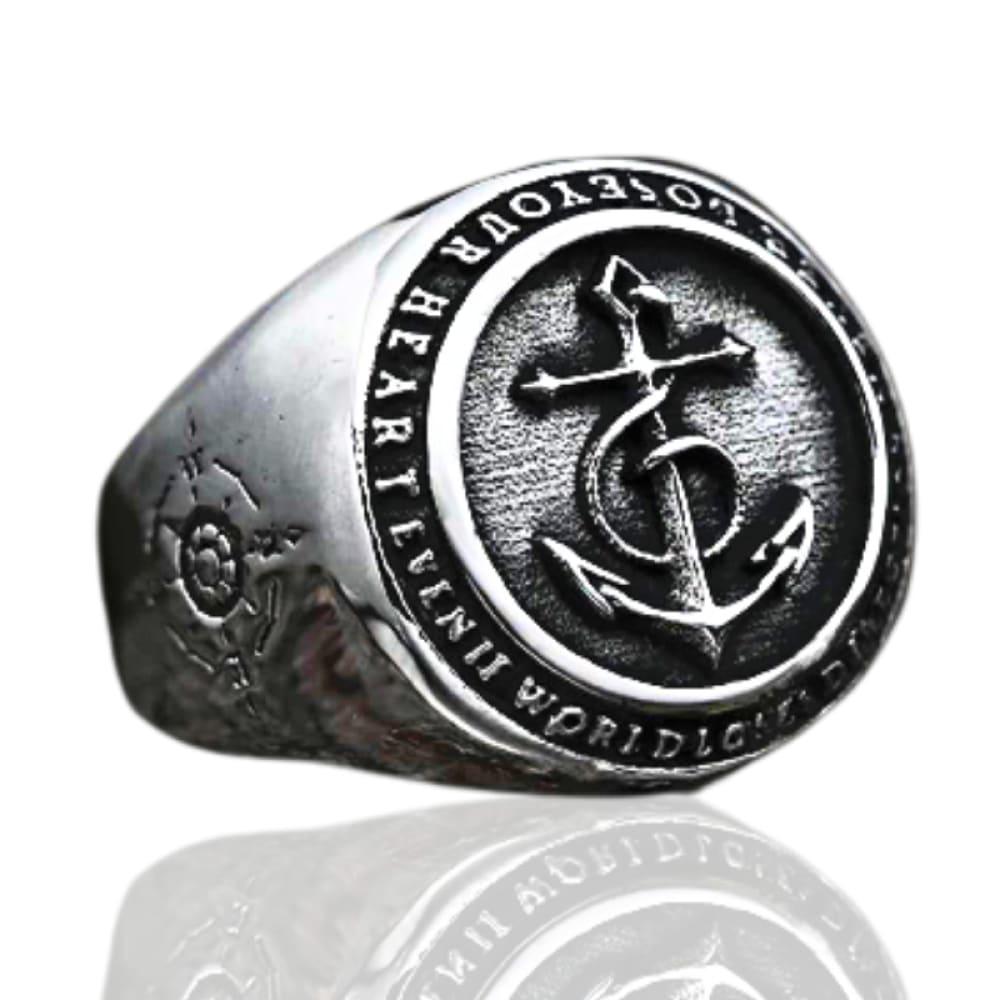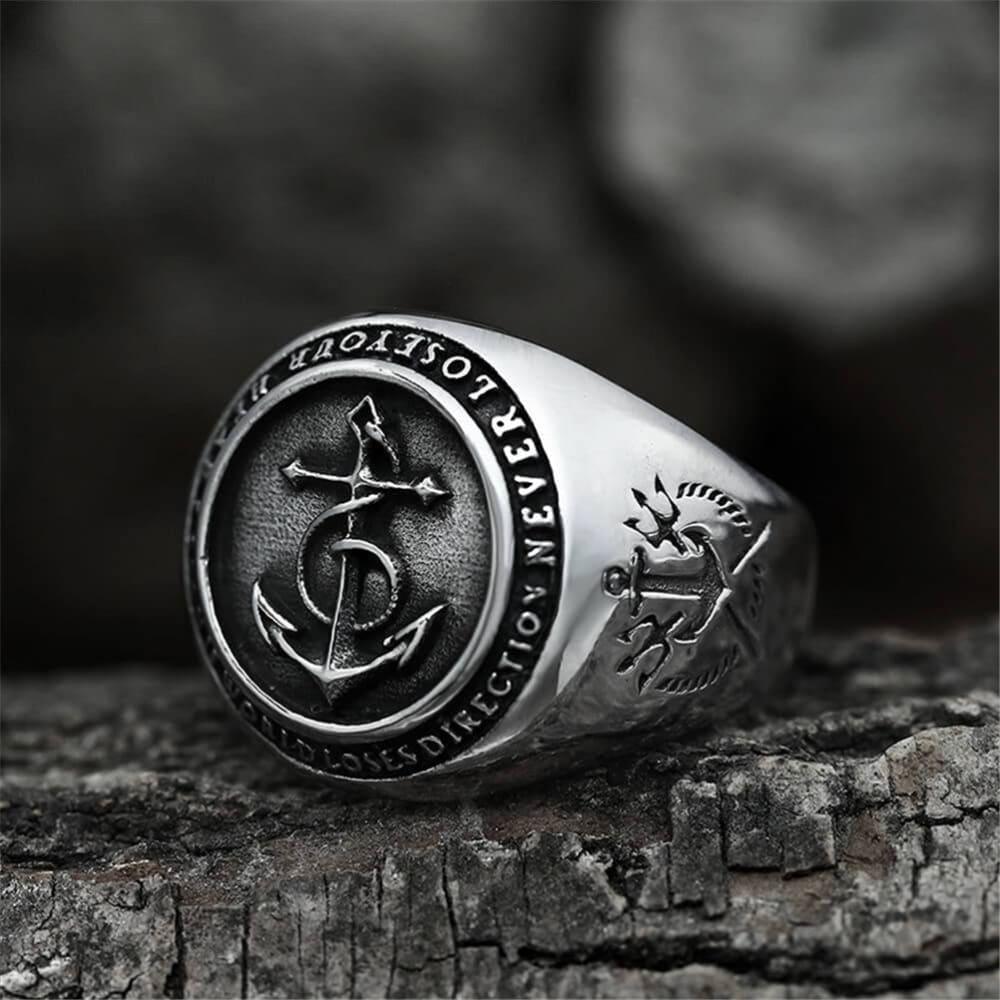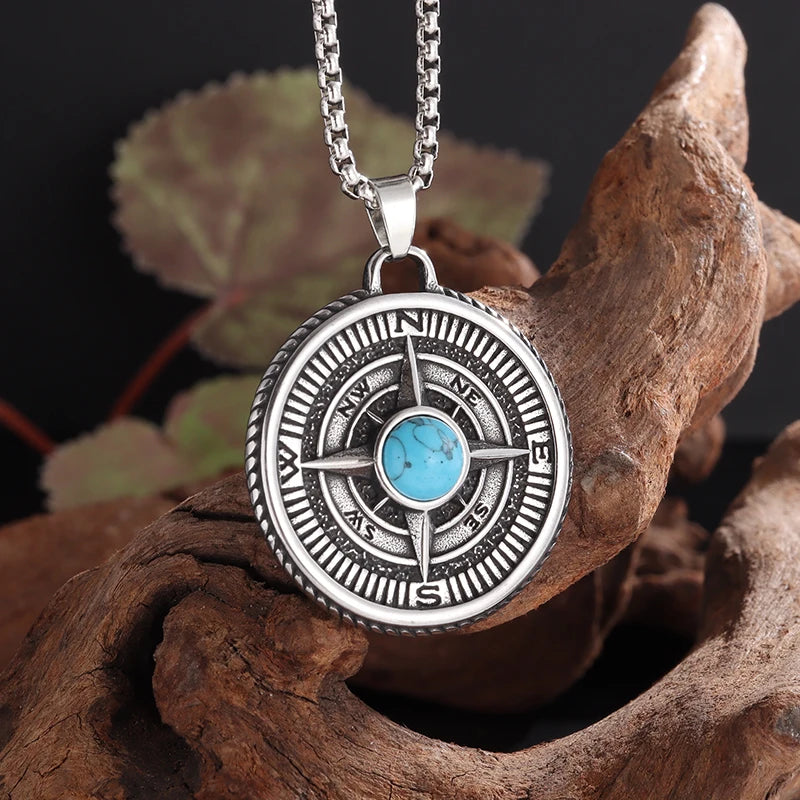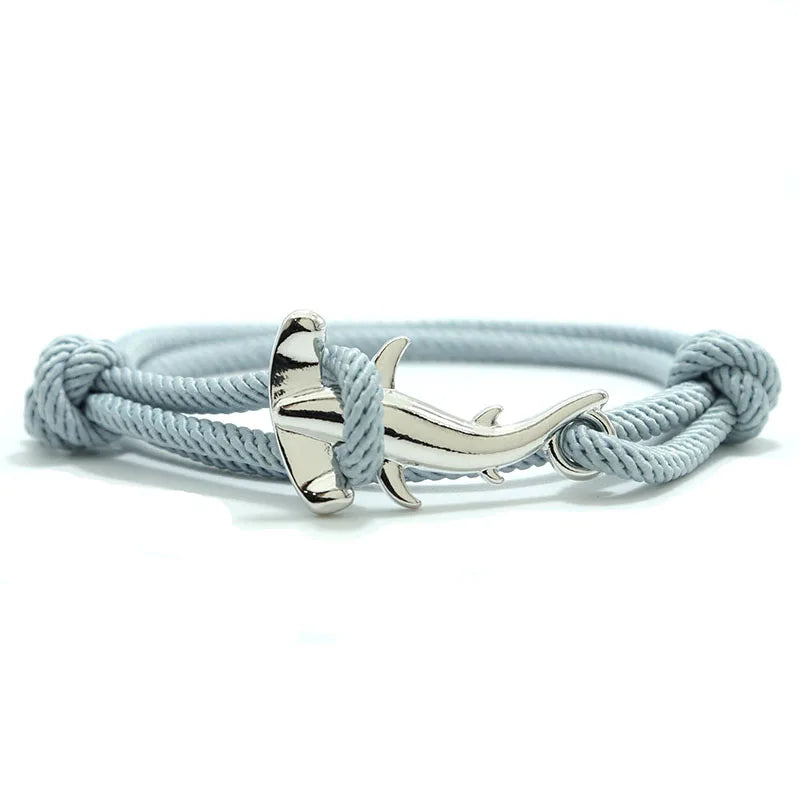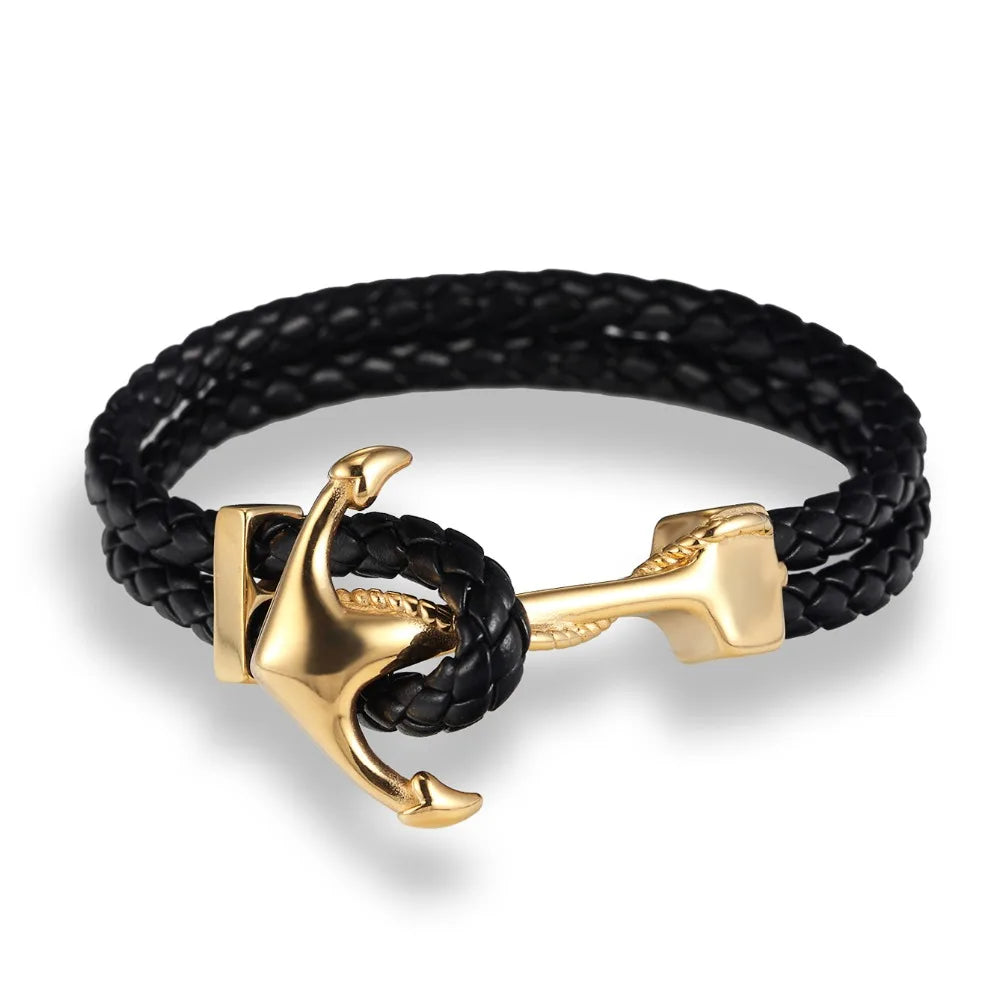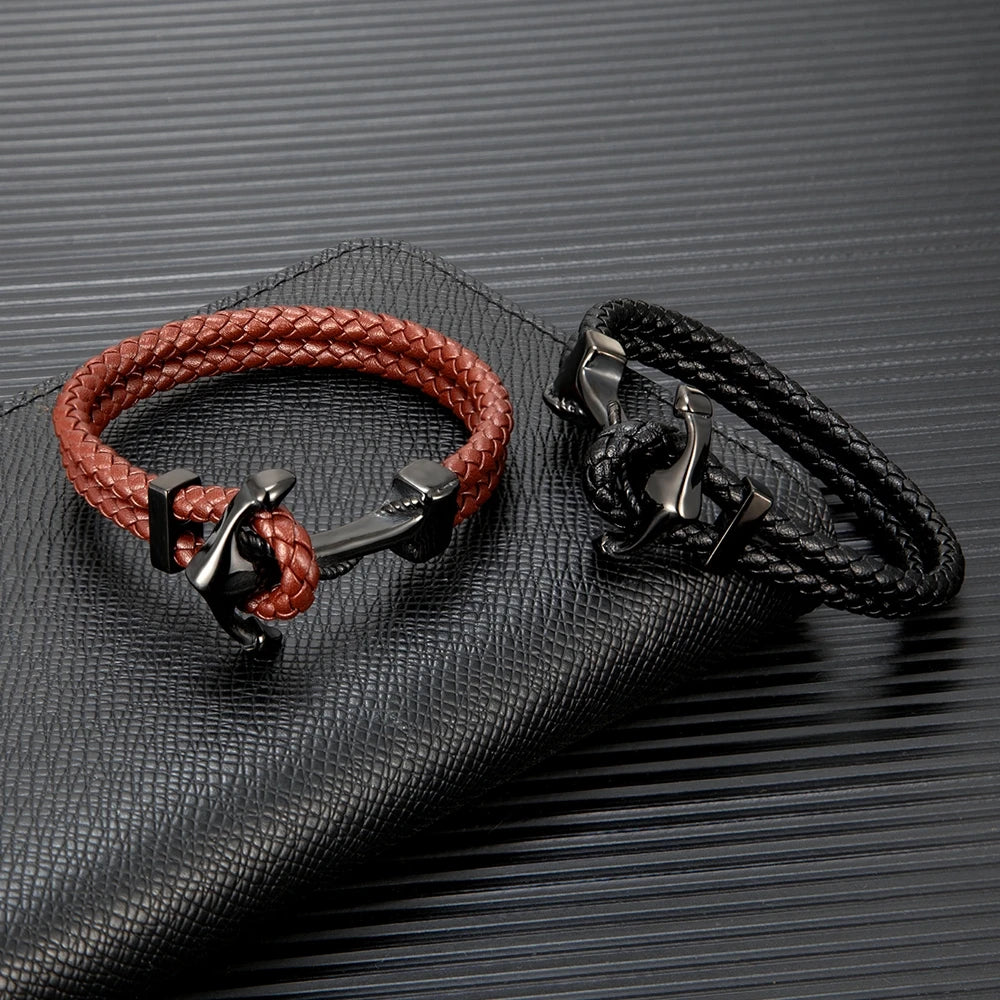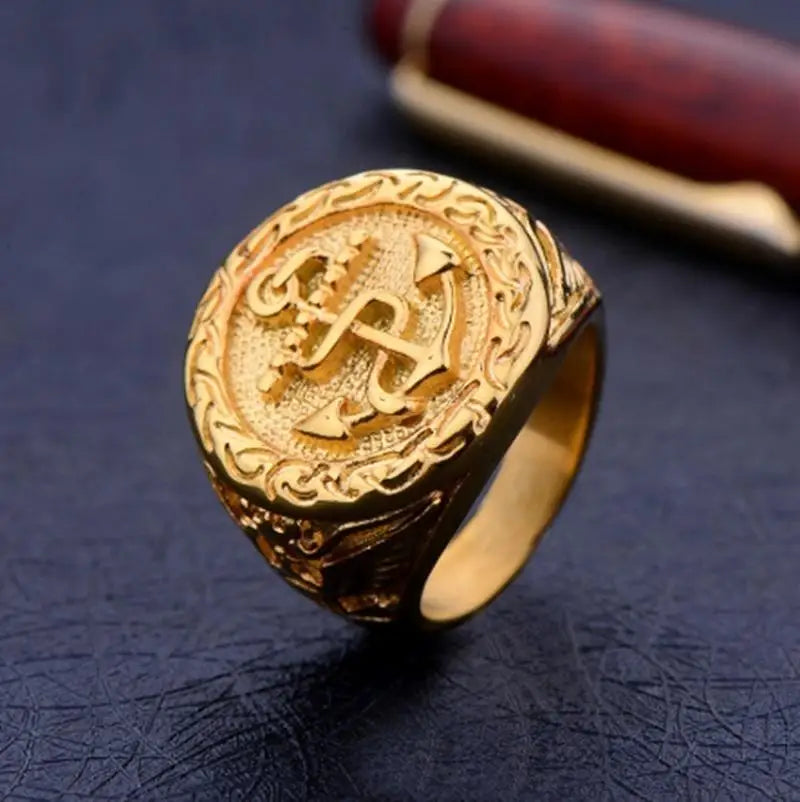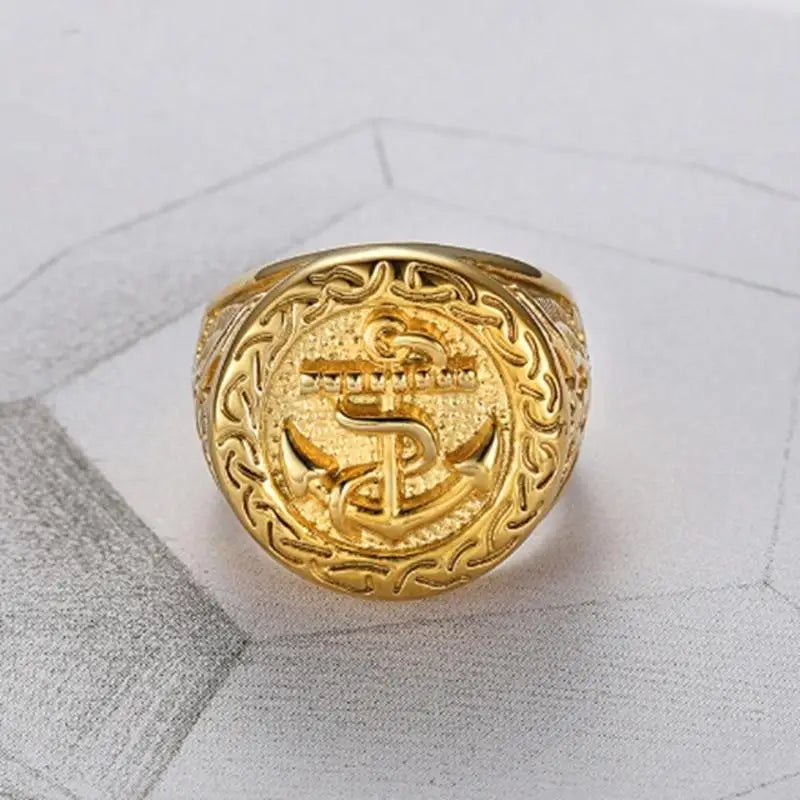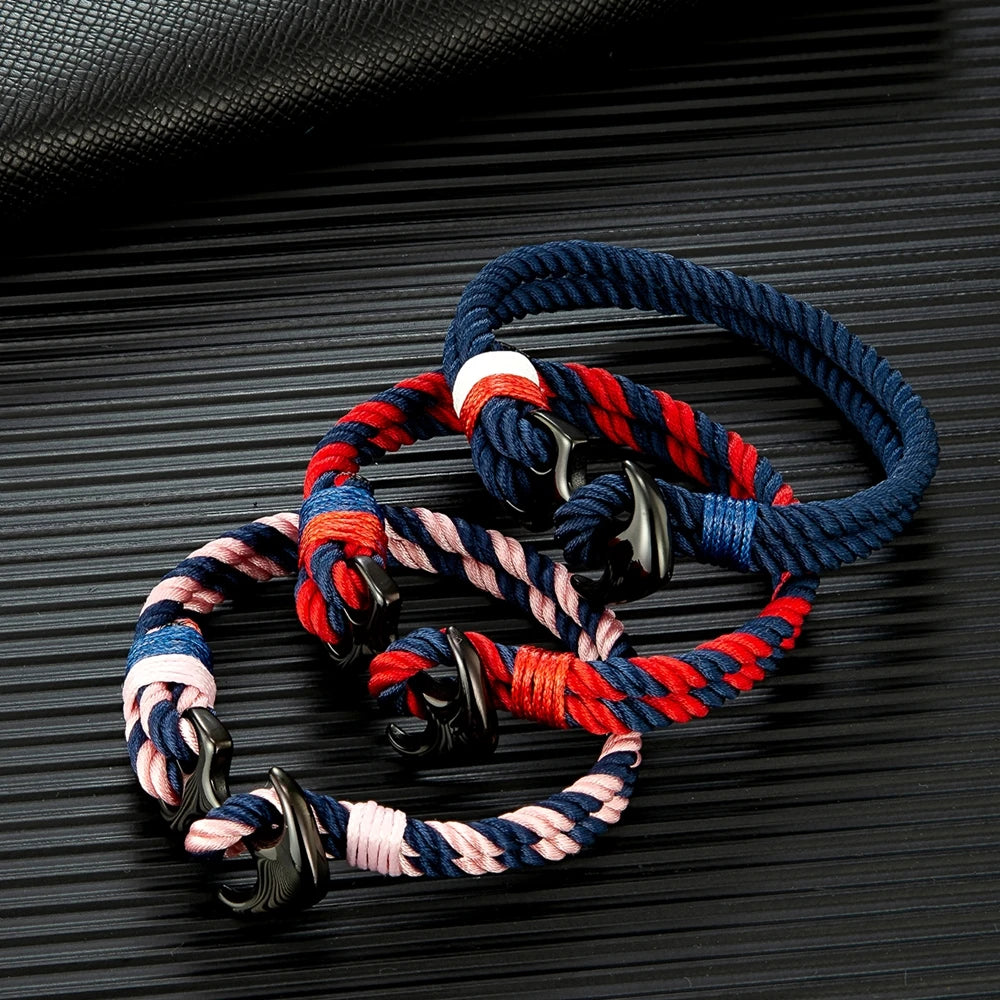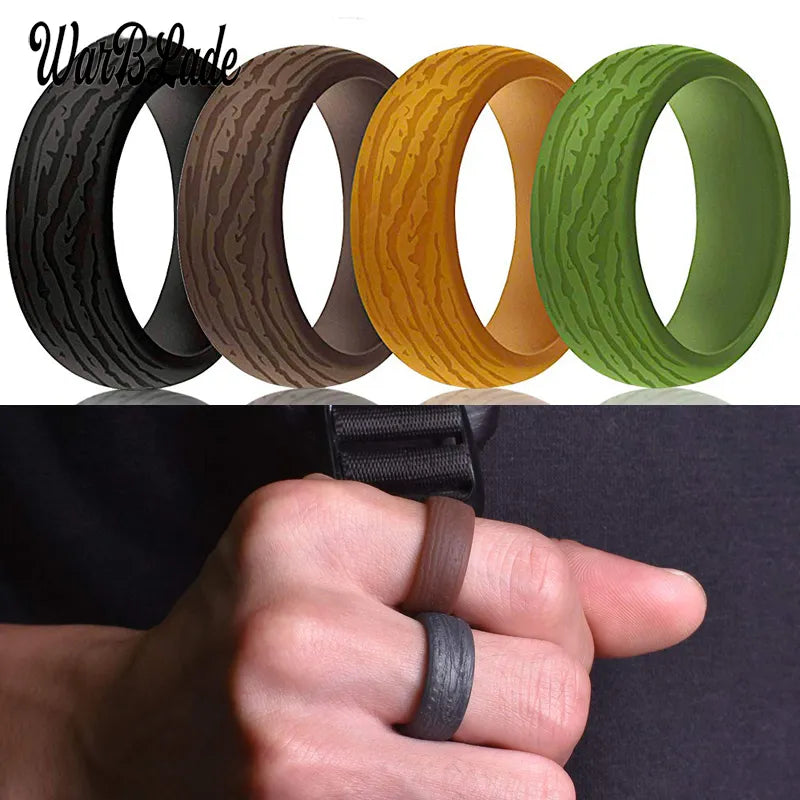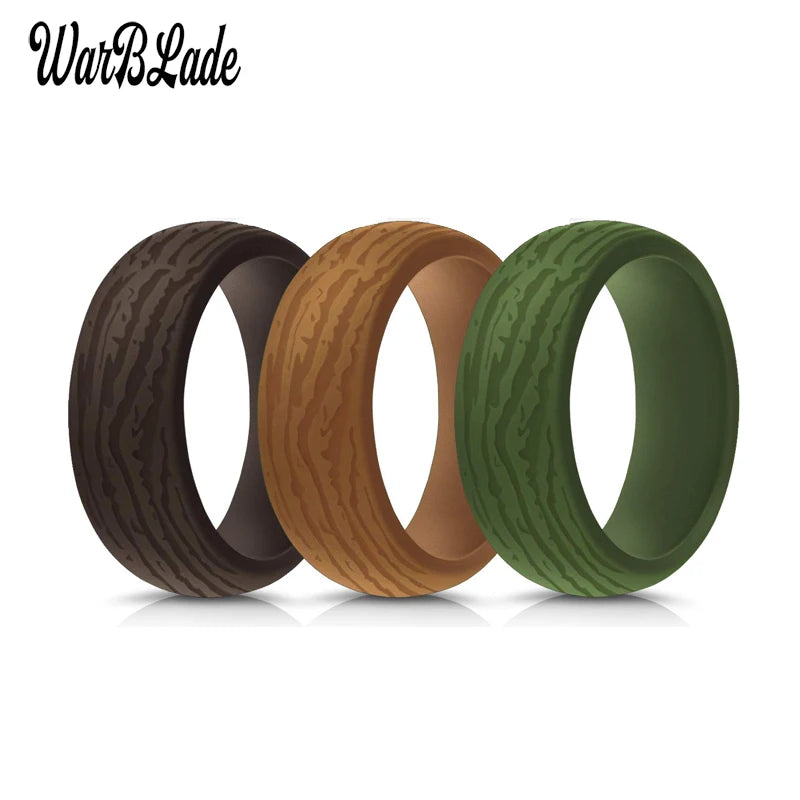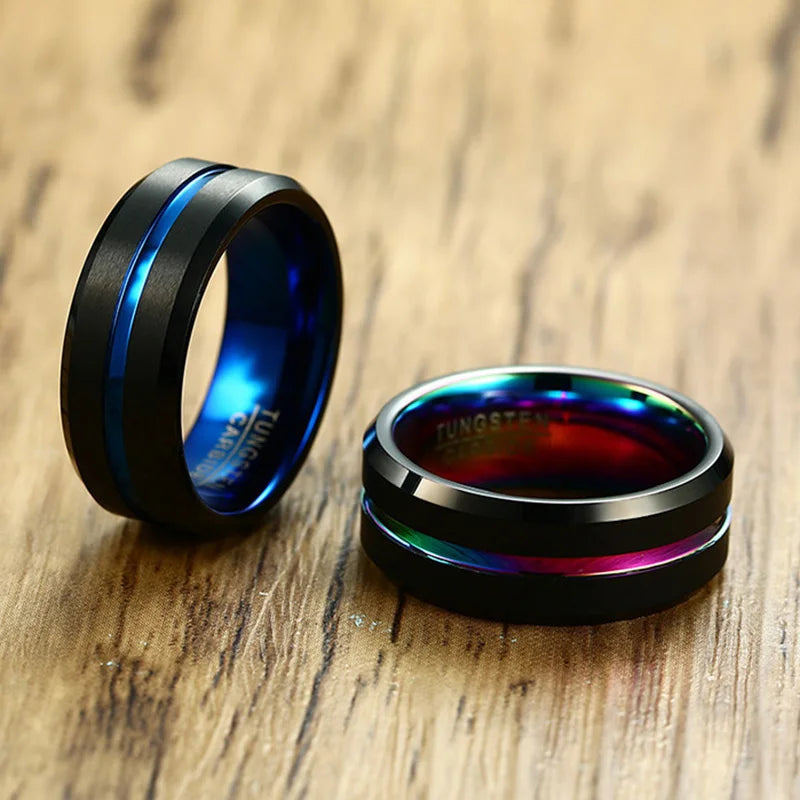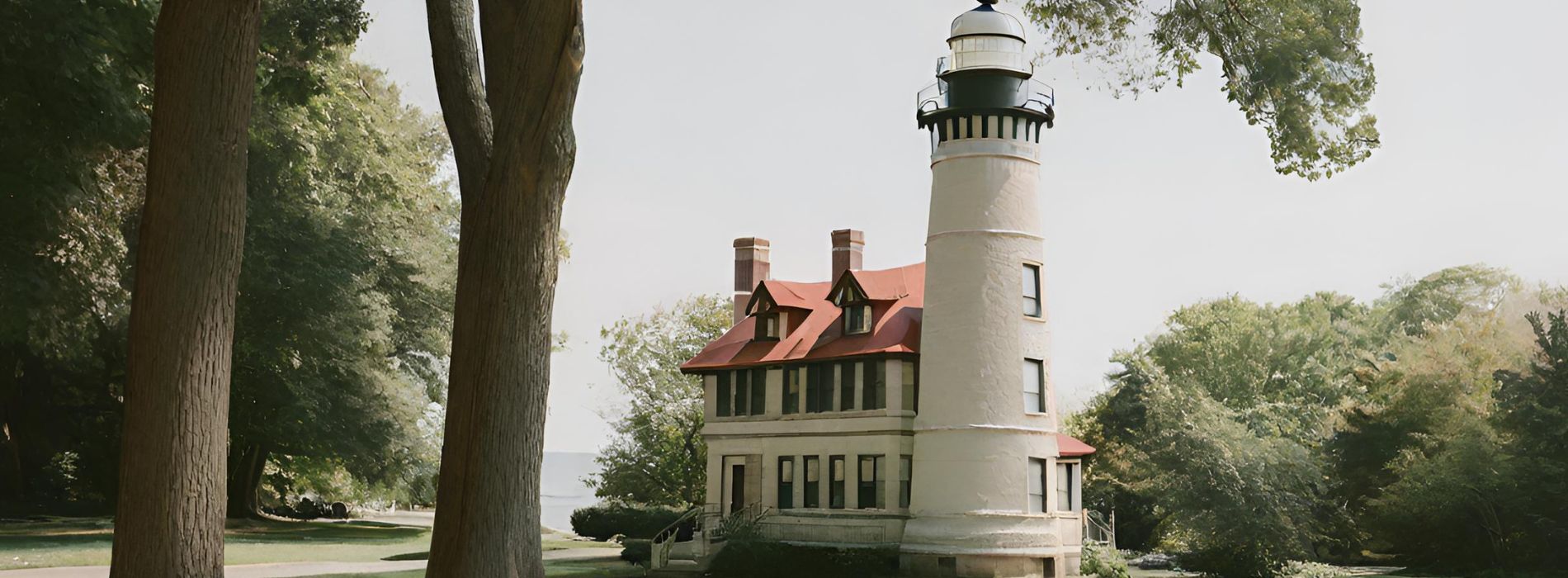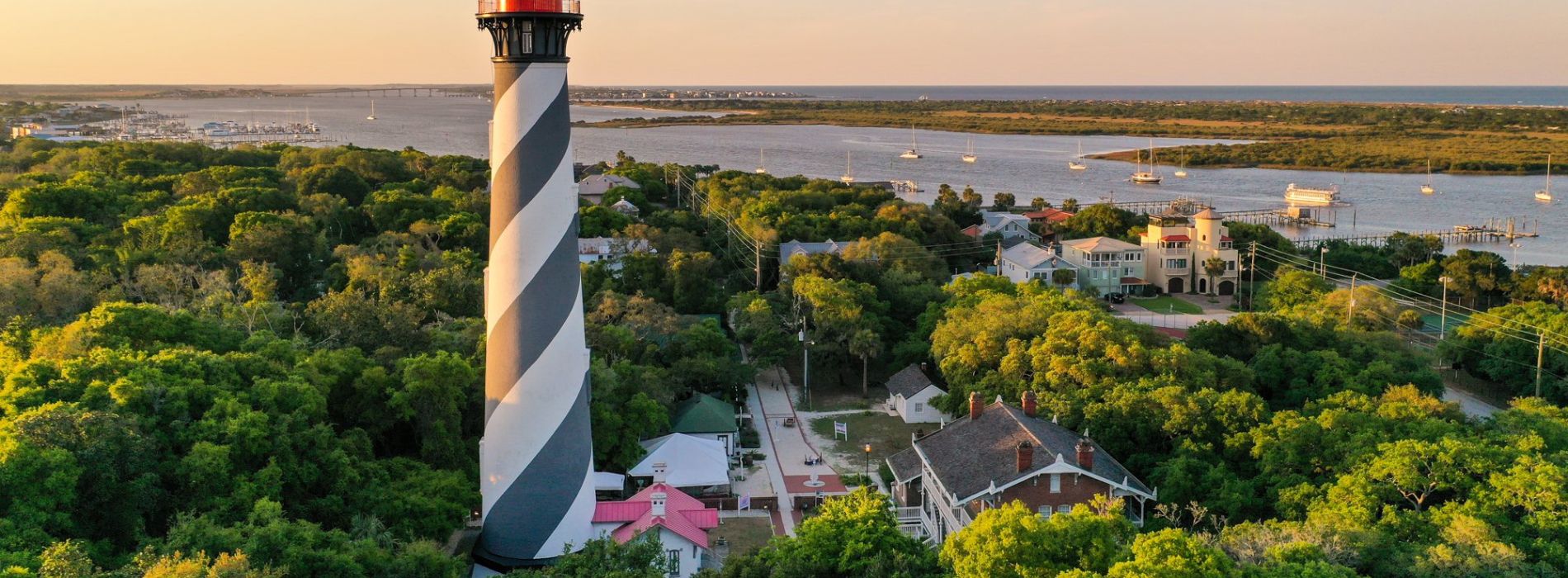Quand la voile latine a-t-elle été inventée ?
Quand la voile latine a-t-elle été inventée ?
Origines de la voile latine
La voile latine est un type de voile ancien de forme triangulaire. On pense qu'elle est née dans l'océan Indien vers le IIe siècle après J.-C. Les premiers marins de l'océan Indien, comme les commerçants arabes, utilisaient cette conception de voile innovante pour naviguer dans les vastes eaux ouvertes.
La voile latine était particulièrement adaptée à la navigation en Méditerranée en raison de sa capacité à capter la force du vent provenant de presque toutes les directions. Sa forme triangulaire lui permettait de capter à la fois la force latérale et la force avant du vent, ce qui la rendait très efficace.

